From Stress to Serenity: Pressure Points for Everyday Life
Introduction
In our fast-paced, often chaotic modern world, stress has become an almost ubiquitous part of life. Whether from work, relationships, finances, or the myriad responsibilities we juggle daily, many find themselves overwhelmed by the pressures of everyday life. This article explores the journey from stress to serenity, delving into the concept of pressure points and offering strategies rooted in both ancient wisdom and modern understanding to help individuals reclaim their peace of mind.
Understanding Stress
The Nature of Stress
Stress is a natural response to perceived threats or challenges, activating the body’s "fight or flight" mechanism. This response is engineered to protect us in dangerous situations but has become maladaptive in contemporary society. Chronic stress can stem from a variety of sources, including work deadlines, family obligations, financial issues, and health concerns.
Physical and Psychological Effects
The effects of stress are profound and multifaceted. Physically, chronic stress can lead to a host of health problems, including cardiovascular disease, weakened immune function, and gastrointestinal issues. Psychologically, it can contribute to anxiety, depression, and a sense of helplessness. Recognizing the symptoms—such as irritability, fatigue, and difficulty concentrating—is the first step toward managing stress effectively.
Pressure Points: A Pathway to Relief
What Are Pressure Points?
Pressure points refer to specific areas of the body that, when stimulated, can promote relaxation and alleviate tension. Techniques often associated with pressure points include acupressure, reflexology, and various forms of massage. These techniques draw on the understanding of meridian systems in traditional Chinese medicine, which posit that energy flows through channels in the body, and blocking this flow can lead to stress and discomfort.
Historical Context
The concept of pressure points has existed for thousands of years, emerging from ancient practices in Chinese, Japanese, and Indian medicine. Acupressure, for instance, is utilized in Traditional Chinese Medicine (TCM) to balance energy flow, while reflexology focuses on the feet and hands to promote wellbeing in related body parts.
Modern Applications
While these ancient practices were often seen as esoteric, contemporary research has begun to validate their effectiveness. Studies have shown that stimulating these points can activate the body’s natural healing responses, leading to reduced levels of stress hormones and enhanced feelings of calm [^1].
Everyday Tips for Managing Stress
1. Mindfulness and Meditation
Incorporating mindfulness and meditation into daily routines can significantly reduce stress. Research shows that even a few minutes of focused breathing or guided meditation can lower cortisol levels, the hormone associated with stress [^2].
Practice: Set aside 10 minutes a day to practice mindfulness. Focus on your breath, observe your thoughts without judgment, and allow yourself to be present in the moment.
2. Physical Activity
Physical activity is another powerful tool against stress. Exercise releases endorphins, which are natural mood lifters, and facilitates better sleep—both crucial for managing stress effectively [^3].
Practice: Aim for at least 30 minutes of moderate exercise most days. This can include walking, yoga, dancing, or any activity that you enjoy.
3. Nutrition and Hydration
What we consume profoundly affects our stress levels. A balanced diet rich in whole foods can improve mood and energy, while dehydration can exacerbate feelings of anxiety [^4].
Practice: Focus on eating a variety of fruits, vegetables, whole grains, and proteins. Also, remember to drink plenty of water throughout the day.
4. Connection and Support
Maintaining strong social connections is vital for mental health. Support from friends, family, or even a community group can help individuals feel less isolated in their struggles [^5].
Practice: Make it a habit to reach out to a friend or family member regularly. Plan activities together or simply check in to share your thoughts and feelings.
5. Sleep Hygiene
Poor sleep can be both a consequence and a source of stress. Establishing a consistent sleep routine can help improve sleep quality and, in turn, reduce stress [^6].
Practice: Create a bedtime ritual that includes winding down at least an hour before sleep, limiting screen time, and ensuring a comfortable sleeping environment.
6. Time Management
Often, stress is exacerbated by poor time management. Learning to prioritize tasks can lead to a more organized and less chaotic life [^7].
Practice: Use tools like to-do lists or digital planners. Break tasks into smaller, manageable steps, and focus on one thing at a time.
Exploring Pressure Points
Common Pressure Points for Stress Relief
1. Hegu (LI4)
Located in the webbing between the thumb and index finger, Hegu is a powerful point for relieving stress and tension.
Technique: Apply firm pressure for several minutes while breathing deeply.
2. Yin Tang
Known as the "third eye" point, Yin Tang is located between the eyebrows and is often used to promote calm and ease anxiety.
Technique: Lightly massage this point in a circular motion for several minutes.
3. Shen Men (HT7)
Located on the wrist, Shen Men is associated with calming the mind and reducing anxiety.
Technique: Press down gently with the thumb of the opposite hand while practicing deep breathing.
4. Tai Chong (LV3)
Situated on the top of the foot, Tai Chong helps manage stress and can improve emotional balance.
Technique: Apply pressure and hold for a few moments, alternating feet.
Stress Management Techniques
Breathing Exercises
Breathing exercises are effective for quickly alleviating stress. Deep, regulated breathing stimulates the parasympathetic nervous system, promoting relaxation [^8].
Technique: Practice deep diaphragmatic breathing by inhaling deeply through the nose, holding for a few seconds, and then exhaling slowly through the mouth.
Progressive Muscle Relaxation
This technique involves systematically tensing and then relaxing muscle groups throughout the body, helping to release physical tension [^9].
Technique: Start at the toes, tense the muscles for a few seconds, then relax. Move upward through the body until reaching the head.
Visualization
Visualization or guided imagery can transport the mind to a peaceful place, reducing feelings of stress [^10].
Technique: Close your eyes and visualize a serene location, engaging all your senses to create a rich mental image of calm.
Journaling
Writing about your thoughts and feelings can offer clarity and reduce stress levels [^11].
Practice: Set aside time each day to journal, focusing on what is stressing you and exploring potential solutions.
Incorporating Pressure Points into Daily Life
Morning Routine
Start your day by incorporating pressure point techniques and mindfulness practices. Spend a few moments on acupressure points while visualizing your goals for the day.
Workplace Strategies
During work breaks, practice quick pressure point techniques or deep breathing exercises. Create a stress relief toolkit that includes essential oils or calming music.
Evening Wind-Down
Establish a calming routine before bed that incorporates gentle pressure point massage to promote relaxation and better sleep.
Creating a Stress-Resilient Environment
Design Your Space
Your environment plays a crucial role in your stress levels. Decluttering your living space can create a sense of calm, while incorporating plants and soothing colors can also enhance your mood [^12].
Limit Digital Distractions
In our connected world, it’s easy to become overwhelmed by constant notifications and the pressure to stay engaged. Setting boundaries on technology use can significantly reduce stress.
Practice: Designate “digital detox” times each day or week where you unplug and engage in more grounding activities.
Conclusion
Transitioning from stress to serenity is a journey that requires intentional effort and practice. By understanding the nature of stress, exploring pressure points, and implementing daily strategies for stress management, individuals can cultivate a more peaceful existence.
Incorporating these insights and techniques into daily life can lead to not just a reduction in stress levels but also an enhancement of overall wellbeing. As we navigate the complexities of modern life, embracing these ancient and modern strategies can provide a pathway to a more serene, balanced life.
References
[^1]: "Stress Relief Through Acupressure," Journal of Alternative Complementary Medicine.[^2]: "Effects of Mindfulness Meditation on Anxiety," Psychological Science.
[^3]: "Exercise as a Stress Reliever," Health Psychology.
[^4]: "Nutrition and Mental Wellbeing," Nutrition Reviews.
[^5]: "Social Support and Mental Health," American Journal of Community Psychology.
[^6]: "Sleep Quality and Its Relation to Stress," Sleep Medicine Reviews.
[^7]: "The Benefits of Time Management," Journal of Personal Productivity.
[^8]: "Impact of Breathing Techniques on Stress," Journal of Clinical Psychology.
[^9]: "Progressive Muscle Relaxation for Anxiety," Clinical Psychology Review.
[^10]: "Visualization Techniques for Stress Relief," Psychology Today.
[^11]: "The Benefits of Journaling for Stress Relief," International Journal of Stress Management.
[^12]: "Environmental Psychology and Wellbeing," Journal of Environmental Psychology.

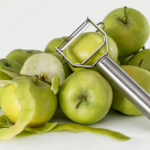













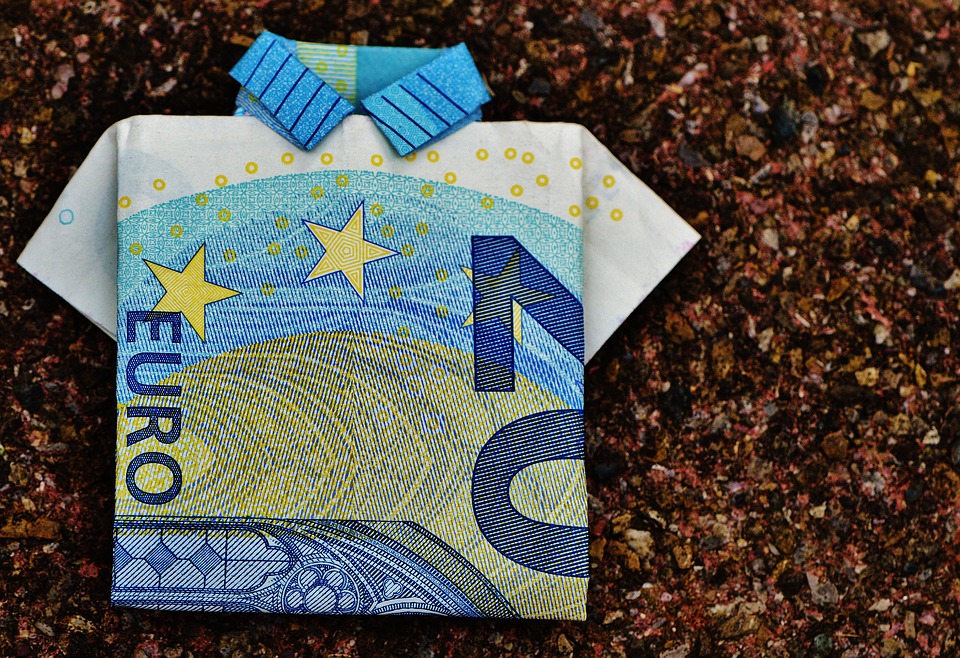

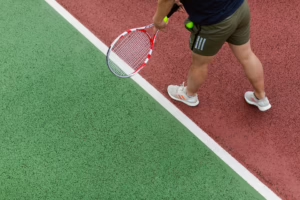
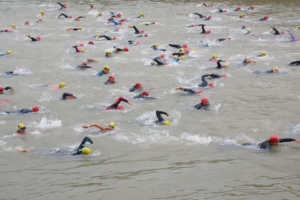

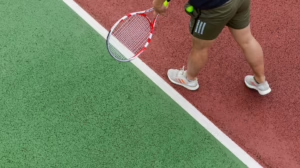
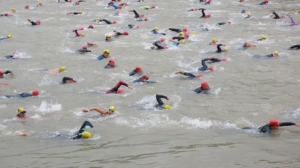




Add Comment